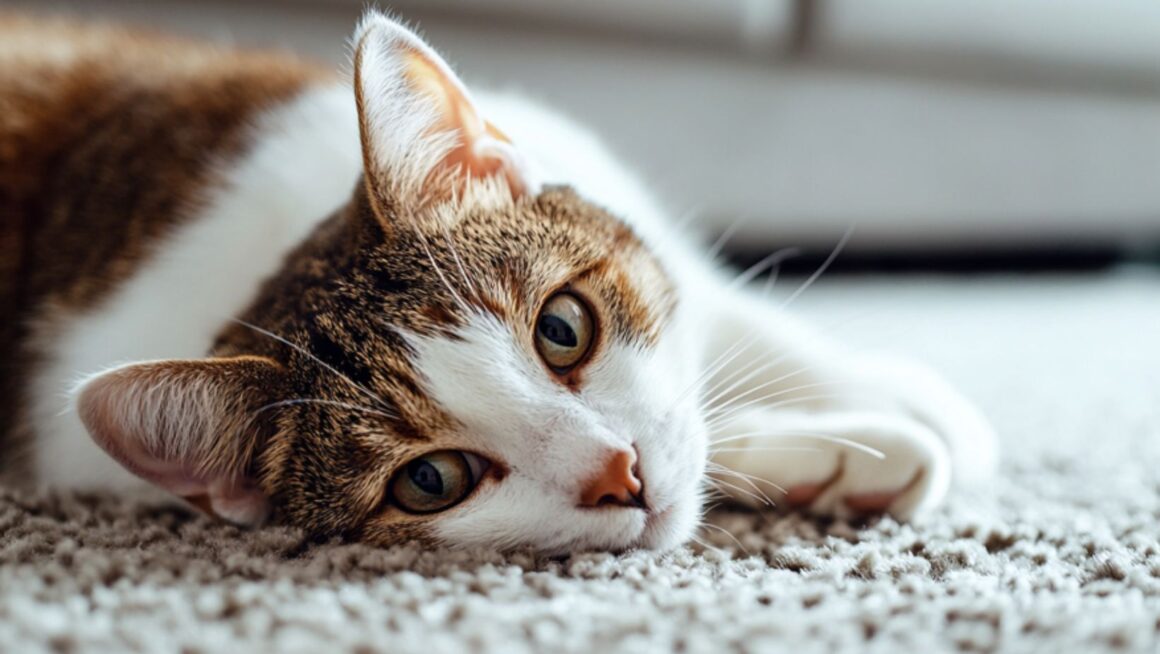Owning pets brings joy and companionship, but it also introduces unique cleaning challenges, particularly when it comes to managing pet hair. For many pet owners, keeping a home clean despite the constant shedding can feel like an uphill battle. However, with the right pet vacuums and strategies, you can maintain a spotless home while enjoying the company of your furry friends. Here’s how to tackle pet hair and keep your home clean and fresh.
Understanding the Challenges of Pet Hair
Pet hair has a remarkable ability to cling to every surface in your home, from carpets and furniture to clothing and even air vents. This can lead to a buildup of allergens and create an unsightly mess. Regular cleaning is essential not only for aesthetics but also for maintaining a healthy living environment. Pet hair can contribute to allergies and respiratory issues if not managed properly.
Choosing the Right Vacuum for Pet Hair
Selecting the right vacuum is crucial for effectively managing pet hair. Here are key features to look for:
- Powerful Suction: A vacuum with strong suction is essential to lift pet hair from carpets, upholstery, and hard floors. Look for models with high wattage or amperage ratings to ensure they can handle deeply embedded hair and debris.
- Advanced Filtration: HEPA filters are highly recommended for pet owners as they capture 99.97% of particles, including pet dander and dust mites. This helps improve indoor air quality and reduces allergens.
- Specialized Attachments: Opt for cordless vacuums for pets that come with attachments designed to treat pet hair, such as motorized brush rolls, crevice tools, and upholstery brushes. These tools enhance the vacuum’s ability to remove hair from various surfaces.
- Tangle-Free Brush Rolls: Hair can easily get tangled in brush rolls, reducing efficiency. Tangle-free designs prevent this issue, ensuring smooth operation and less maintenance.

- Maneuverability and Noise Level: Lightweight and easily maneuverable vacuums make cleaning less tiring, especially in multi-level homes. Additionally, quieter models are less likely to disturb pets during cleaning sessions.
Effective Cleaning Strategies
In addition to having the right vacuum, implementing effective cleaning strategies can make a significant difference:
- Regular Grooming: Reduce the amount of hair your pet sheds by grooming them regularly. Brushing your pet’s coat helps remove loose hair and distribute natural oils, keeping their fur healthy and reducing shedding around the house.
- Establish Pet-Free Zones: Designate certain areas of your home as pet-free zones to limit the spread of hair. This can be particularly useful in guest rooms or areas with delicate furnishings.

- Frequent Vacuuming: Vacuum high-traffic areas and pet-frequented spots regularly to prevent hair buildup. Daily or every-other-day vacuuming can help maintain a clean environment.
- Use Lint Rollers and Rubber Gloves: Lint rollers are great for quick touch-ups on clothing and upholstery. For larger surfaces, damp rubber gloves can effectively gather hair through static electricity.
- Invest in Air Purifiers: Air purifiers with HEPA filters can help capture airborne pet hair and dander, improving air quality and reducing allergens.
Maintaining a Clean and Pet-Friendly Home
By combining the right vacuum with strategic cleaning practices, you can effectively manage pet hair and maintain a clean home. Regular maintenance of your vacuum, such as cleaning filters and emptying dustbins, will ensure it operates at peak performance. Additionally, creating a cleaning routine that incorporates these tips will help you stay on top of pet hair and enjoy a tidy living space.
With the right approach, you can embrace the joys of pet ownership without the constant worry of cleaning up after them. A clean home not only enhances your comfort and well-being but also provides a healthier environment for both you and your furry companions.




